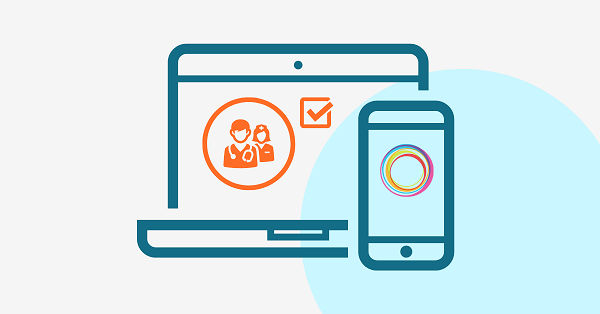How do you ensure patient safety in today’s increasingly complex healthcare environment? The commonly held belief that 250,000 preventable inpatient deaths occur every year has thankfully proven unfounded, but this does not lessen the need to identify patient safety risks.
Diagnostic errors, lack of proper monitoring processes, errors related to procedures, and poor management of medical conditions remain threats to patient safety. Proper use of the SEC³URE Ethos platform and similar technology helps locations of care reach patient safety goals by streamlining credentialing and scheduling, increasing transparency, reducing physician stress, and improving the overall patient experience.
5 Tips for Ensuring Patient Safety Goals
Patient safety goals vary depending on individual locations of care, but all rely on a facility’s ability to identify patient safety risks and take action to mitigate such risks. Patient engagement, credentialing, transparency, and communication are effective avenues for filling gaps in patient-related processes. Below are five ways to improve patient safety goals and reduce risk.
1. Upgrade Technology To Improve Credentialing and Scheduling
Traditional, paper-based credentialing systems are time-consuming processes that delay patient access to the physicians they need. Automated systems such as the SEC³URE Ethos platform streamline the process, creating physician profiles with up-to-the-minute access to primary sources and physician compliance with COVID-19 policies.
Credentialing has a direct effect on the patient experience. Patients forced to wait for access to credentialed providers may look elsewhere for care or seek care from what may be less effective access points, such as the ER rather than specialized care providers. Delays in patient care also suggest the need for a more efficient scheduling system that keeps wait times to a minimum. Scheduling systems should have built-in verification systems, such as SEC³URE Link, to prevent treatment errors and ensure physician compliance.
2. Identify Gaps in Processes Amongst Staff
Gaps in staff processes can impair patient safety and erode trust in your facility. Performing a gap analysis helps identify areas where your team needs improvement, allowing you the opportunity to fill process gaps before oversights lead to more significant gaps and potentially severe consequences.
3. Create an Overall Safe Patient Experience
The impact of patient experience on a location of care's public reputation cannot be overestimated. Everything from facility cleanliness to staff response times, post-operative care, and swift response to patients' needs influence patient experiences.
Proactivity is essential for a positive and safe patient experience. Patient safety improves by anticipating patient needs, as do patient outcomes and trust in your facility.
4. Promote Clear Communication With Patients and Staff
Clear communication between staff and patients is essential, and patients who engage with their medical care have safer outcomes. Patients who are familiar with the treatment options, medication, and medical procedures can identify potential discrepancies. Asking patients to restate what their care providers have told them improves safety initiatives.
5. Be Transparent When Exchanging Information
Transparency goes hand-in-hand with clear communication. Patients having access to their health information helps prevent misinformation and inaccuracies. Taking a “nothing-to-hide” approach to patient information improves trust between your facility, patients, and the larger community, enhancing the overall patient experience.
Final Thoughts on Patient Safety
Improving and refining your patient safety goals is an ongoing process that considers all methods in your location of care, from treatment options down to the minutiae of janitorial and maintenance services. Improving visibility into your operation, coupled with implementing technological processes, offers practical ways to maintain patient outcomes in a safe and trusted manner.
Contact us to learn more about the potential that healthcare compliance technology has to push your location of care towards achieving patient safety goals.




